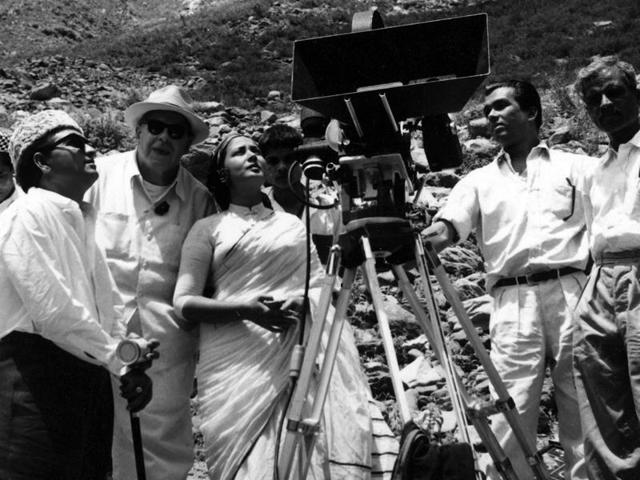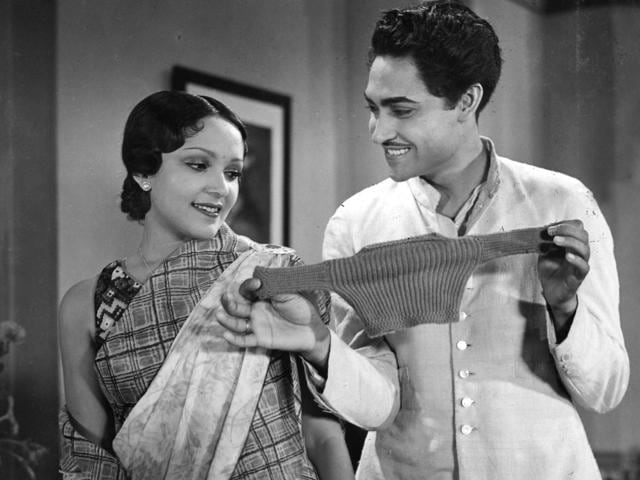Peep into Bollywood’s history with these archival pictures
In 1925, Himanshu Rai, a London-based Indian lawyer, teamed up with Emelka Films, a German studio, to make Light of Asia — a film on the life of Gautam Buddha. It received good reviews from the Queen of England, and its success prompted Rai to establish Bombay Talkies, the first Indo-German studio, based out of Malad.

The studio produced close to 102 films, but most importantly, gave India one of its earliest cinematographers — Josef Wirsching. In a career that spanned close to five decades, Josef worked on 20 films with Bombay Talkies, including Janmabhoomi (1936) — the first patriotic, anti-establishment, Hindi film to release in pre-Independence India. The 1972 classic, Pakeezah, was touted to be Josef’s magnum opus. However, the making of the film infamously extended to 14 years. Josef passed away during its production in 1967.
A pioneer in the field of Indian cinematography, Josef’s legacy extends beyond cinema. A photographer by passion, his personal archives offer a behind-the-scene look at the inception of Indian cinema. Now, his grandson Georg Wirsching is set to curate an archive of these photographs. “His work has historical value. We intend to compile his archival images into a book so that film historians and enthusiasts can study the history of Indian cinema,” Georg says. The book is slated to be unveiled in Mumbai, by January 2017.
The project has been an evolving idea since 2009: “My father kept the original prints in airtight, moisture-resistant containers for forty years. Then, in 2009, I acquired a large format film negative scanner to digitally scan the negatives. We’ve digitally documented most of his original prints,” says Georg.
The archive consists of roughly 6,000 images shot over Josef’s career in both Germany and India. The images are from his long-term association with cinematic work in Emelka Film Studios, Bombay Talkies, and Kamal Amrohi Films. They also include portraits and landscapes that captured the changing ethnographic and cultural landscape of India.

Time Travel
PK Nair, the founder and director of the National Film Archive of India (NFAI) suggested that the archive should be documented in a book. “He was surprised by how well our images were preserved. He told me that it would indeed be a unique collection, as the NFAI had lost a lot of archival film images,” says Georg.
Georg intends the book to be a travel through time, with anecdotes accompanying the images. “My grandfather passed on a lot of his experiences to my father as oral stories. My father has already written a few hundred pages of material based on his memories of my grandfather, and growing up in studios across India,” Georg says.
For the people
The Wirsching family has taken the crowdfunding route. “People can fund the project by placing pre-orders on our campaign webpage; everybody who funds this project will get a copy of the images in the form of postcard sets and a copy of the book. This way, we would know exactly how many books to print,” says Georg.
Show support
Visit wishberry.in/campaign to help fund the Wirsching Project. The project ensures transparency by providing an in depth break-up of the rewards offered for the donation you make.





